 Image 1 of 6
Image 1 of 6

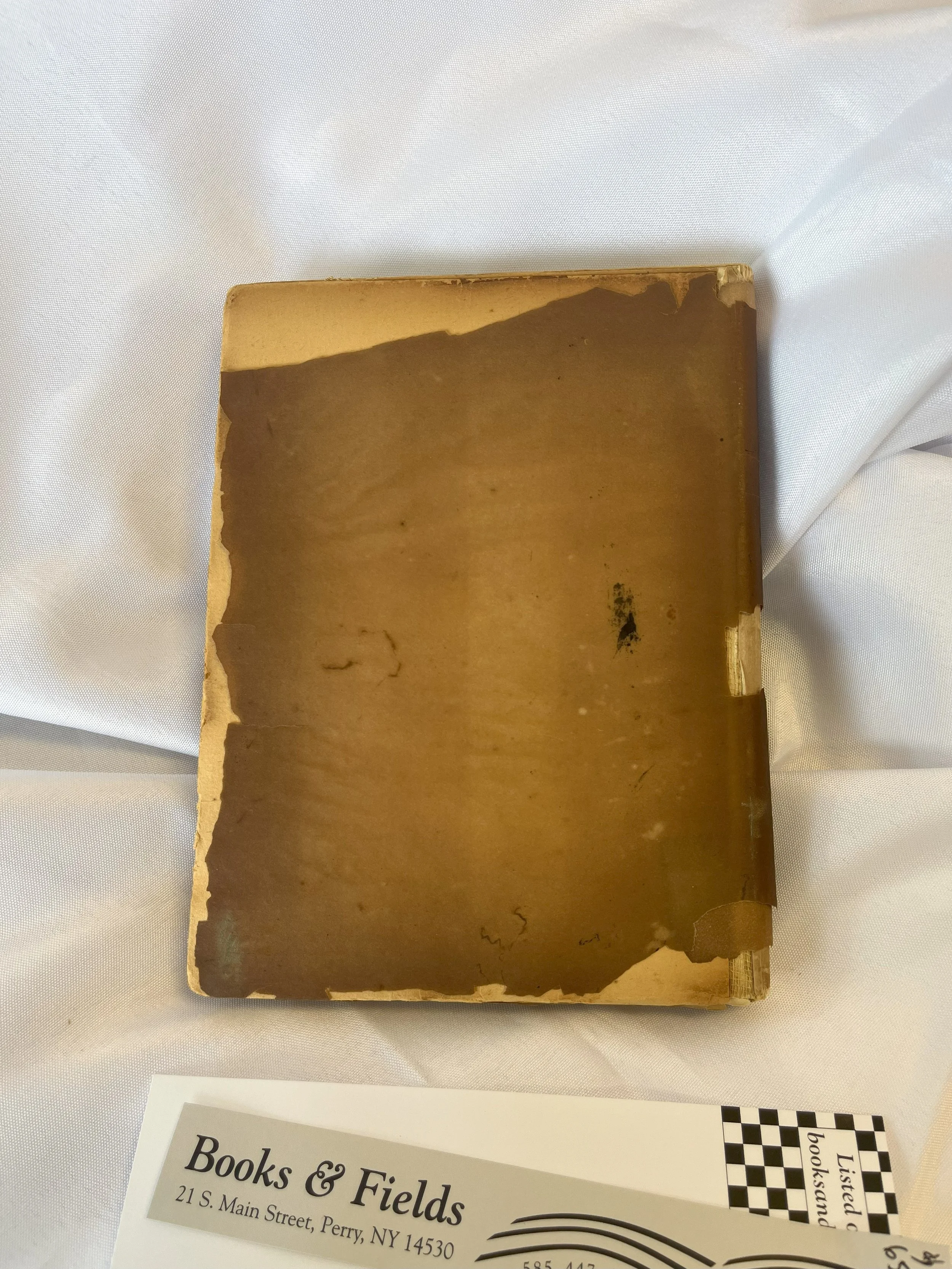 Image 2 of 6
Image 2 of 6

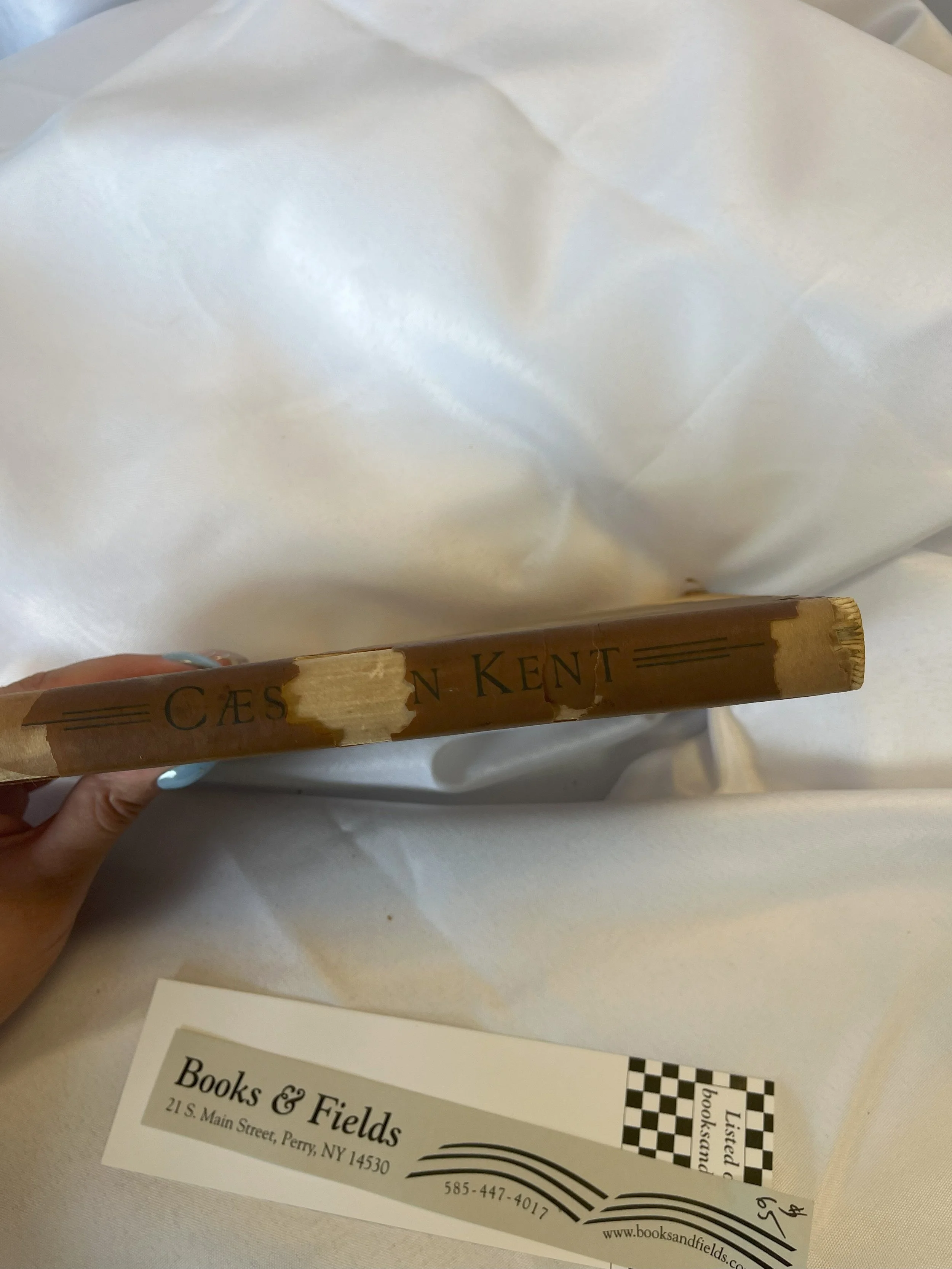 Image 3 of 6
Image 3 of 6

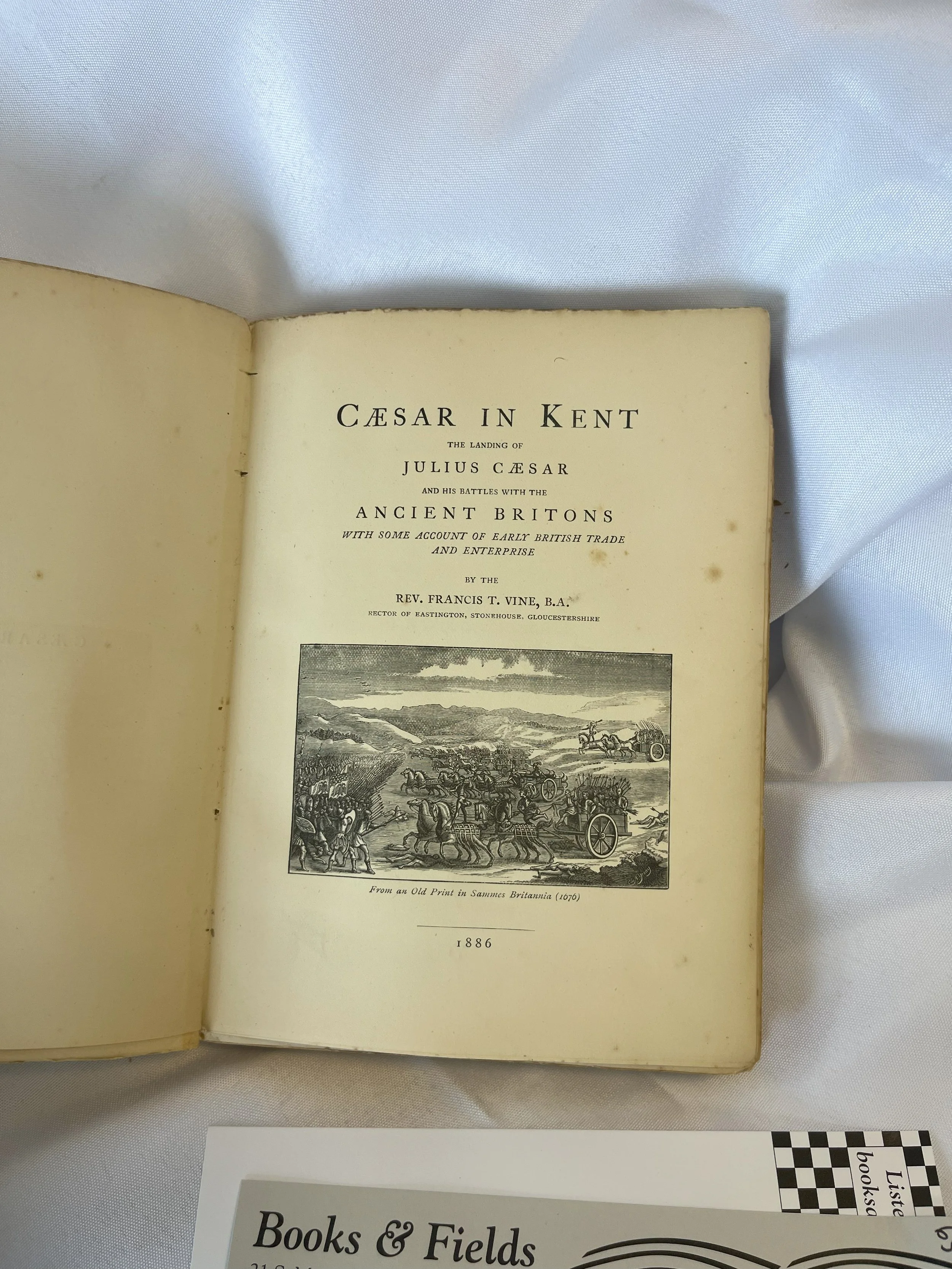 Image 4 of 6
Image 4 of 6

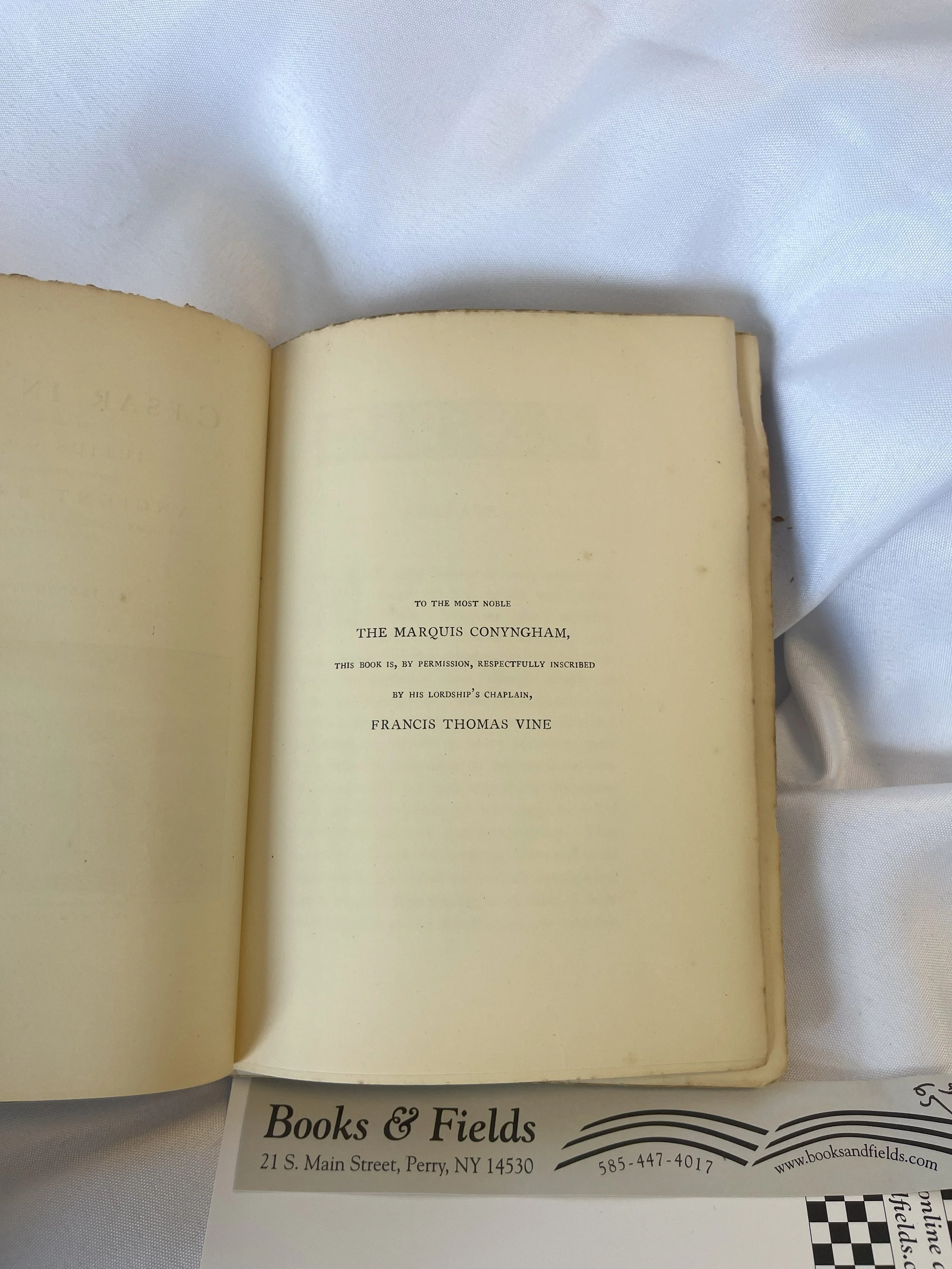 Image 5 of 6
Image 5 of 6

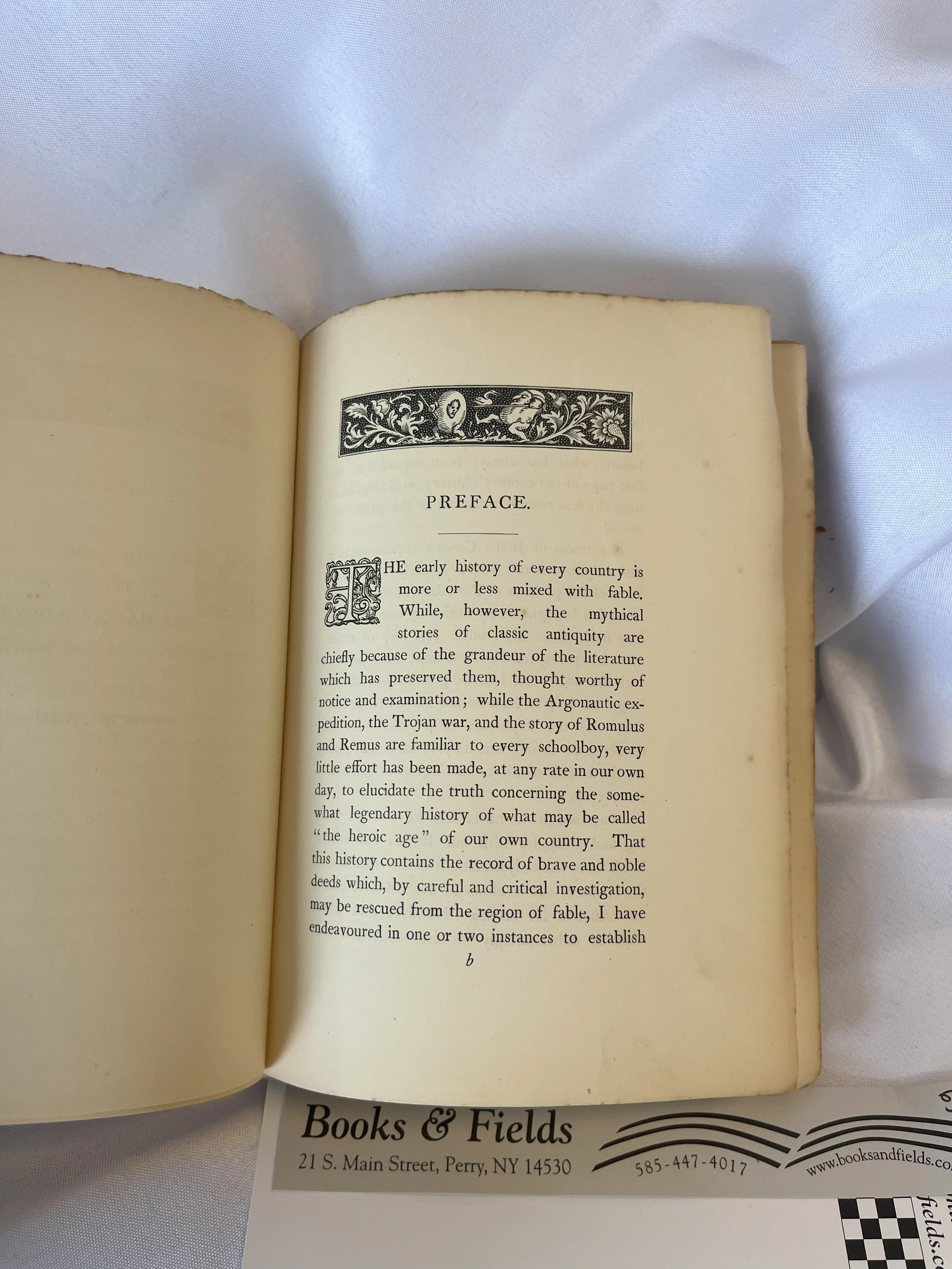 Image 6 of 6
Image 6 of 6







Cæsar in Kent
Author: Rev. Francis T. Vine, B.A., Rector of Eastington, Stonehouse, and Gloucestershire
Publisher: Turnbull & Spears, Printers, Edinburgh, 1886
Page Count: 242
Hardcover
A pleasant piece of amateur-written history. Mr. Vine, a curate, became interested in the two times Caesar invaded England, each time landing in Kent. Interestingly, the actual landing sites were not confirmed until 2017. He is not a natural historian, as he largely refashions the anecdotes told by Caesar himself and other historians. But he is a pleasant writer, the kind you wouldn’t mind sitting next to in a carriage or now, on a plane.
The book is not simply about the military campaign. There is substantial content on trade and life in general and how it fared under the Romans. But it is exceptionally insular in one regard. It is about the county of Kent and only about Kent. When Caesar crosses the bridge to the neighboring county to head towards London, the book concludes. Perhaps another curate took over the story from the other side of the bridge.
Condition: External elements poor to fair. Significant chips to the covers and spine. Evidence of old age throughout in faded pages. But interior contents are fair or fair plus. Pages are not marked or cut or chipped. Bindings are solid. This is the true first edition, with a publication date the year before what has often been called the first edition.
Author: Rev. Francis T. Vine, B.A., Rector of Eastington, Stonehouse, and Gloucestershire
Publisher: Turnbull & Spears, Printers, Edinburgh, 1886
Page Count: 242
Hardcover
A pleasant piece of amateur-written history. Mr. Vine, a curate, became interested in the two times Caesar invaded England, each time landing in Kent. Interestingly, the actual landing sites were not confirmed until 2017. He is not a natural historian, as he largely refashions the anecdotes told by Caesar himself and other historians. But he is a pleasant writer, the kind you wouldn’t mind sitting next to in a carriage or now, on a plane.
The book is not simply about the military campaign. There is substantial content on trade and life in general and how it fared under the Romans. But it is exceptionally insular in one regard. It is about the county of Kent and only about Kent. When Caesar crosses the bridge to the neighboring county to head towards London, the book concludes. Perhaps another curate took over the story from the other side of the bridge.
Condition: External elements poor to fair. Significant chips to the covers and spine. Evidence of old age throughout in faded pages. But interior contents are fair or fair plus. Pages are not marked or cut or chipped. Bindings are solid. This is the true first edition, with a publication date the year before what has often been called the first edition.